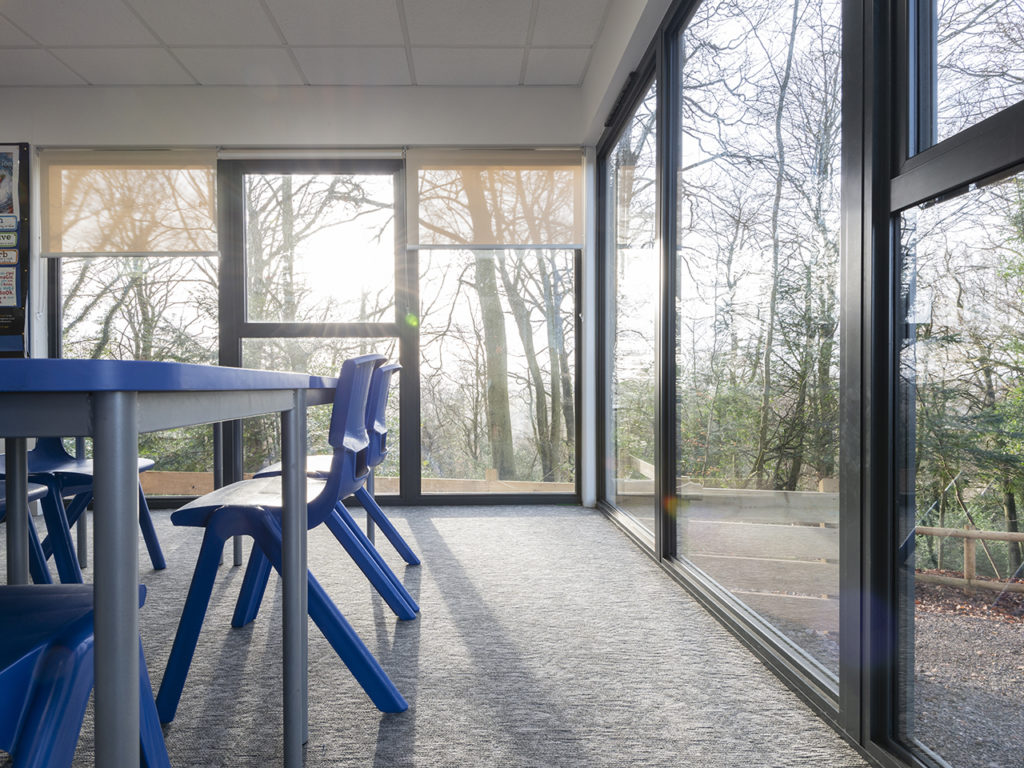Fundamental design conventions dictate that whatever your product, creation or purpose, a clear intention must always remain at the forefront of any proposal. To truly achieve the best results for a project, and to ensure the most efficient use of a budget, it is vital to establish a definitive purpose and intention. This mantra is the same if you’re designing a 20-story bespoke luxury hotel, or a new range of paper coffee cups. And it’s also a message that should be regularly reiterated when formulating and implementing new educational spaces.
It’s largely assumed that a classroom is the same the world over. As long as there is adequate room for endless rows of desks, and enough space provided for a teacher to stand, then the classroom design process is complete. But this short-sighted vision of modern-day teaching is as antiquated as the wooden desk itself. The problem partly lies in the design process. Those sketching the diagrams are not teachers. They won’t have spent large periods of time manufacturing situations in which to inspire groups of young people. And in a highly successful school, one that draws out every ounce of a child’s potential, the different learning environments should be tailored to each individual subject that is being offered within the setting.
Which is why, prior to any project, carefully directed research should be implemented to ensure that any financial investment is used to achieve a multifunctional learning area, where students feel compelled to undertake self-directed learning and results not only improve, but flourish. But how do we get this crucial information? We look at the 6 most important research points for consideration, fundamental in guiding us towards creating a modern future-proof learning environment.
Student User Groups –Begin by asking the pupils themselves. They are guaranteed to come up with ideas and proposals that won’t even have been hinted at on any design briefs or plans. A number of suggestions are sure to seem outlandish, but it’s important not to dismiss any seemingly frivolous requests as irrelevant. It is essential to harness this creative and playful input. Seeing a space through the eyes of a child can be an informative process, but more than this, it can ensure that any new design nurtures a sense of awe and wonder, perfect for capturing and stimulating creative minds.
Hearts and Minds Workshops –Some students (and teachers!) may not be able to verbalise their aspirations for a new environment. In this instance, inviting all stakeholders to brainstorm ideas on a picture-mood-board can be useful for helping to establish an underlying theme or tone for a new area.Traffic Flow Observations –These are important for several key reasons, primarily to see how the space is presently being used, which in turn informs how it can be exploited more effectively in the future. People move around and interact with furniture and facilities in different ways, and ensuring an understanding of this movement can lead to a more efficient circulation of bodies and therefore a calmer and more intuitive space.
Teacher Interaction –No one is more in-tune with the requirements for a classroom than those who use them the most. Teachers have an innate ability to understand the needs of their pupils and evidence-based design should lean heavily on these experiences.Other Stakeholder Interaction –Without fail, all stakeholders should play a part in the design consultation period. This may include involving members of the school team with a wider perspective on the school, perhaps looking to discretely instil elements of the school ethos and branding into any new design. Or maybe it’s taking the time to run potential plans by the caretaker and cleaning team, not only giving ownership of the project to each member of the school community, but ensuring every aspect of the design is given full consideration.Use Experienced Educational Designers –It’s imperative to employ designers that show a track record of successfully designing school spaces. They will have a wealth of experience and feedback from which to draw upon, as well as experiences from a range of previous projects, giving clear indications as to what works, and what doesn’t.Interested in the studyspace approach?



